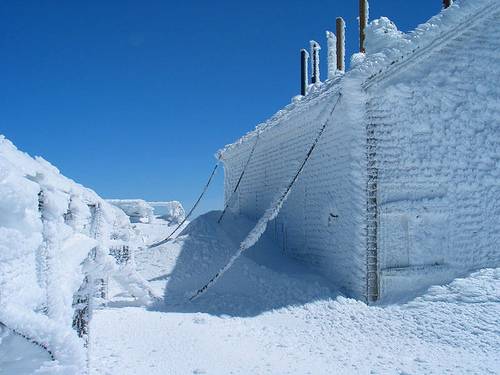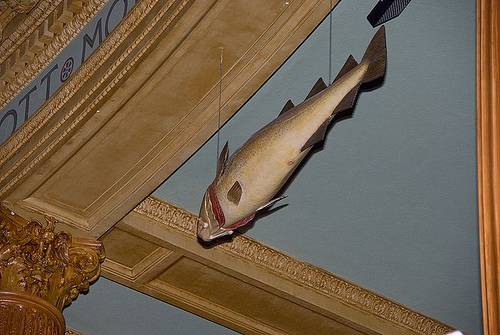In 1997, three scientists examined 10 rock crystal lenses discovered in a Viking grave on Sweden’s Gotland Island. Made in the 12th century, the lenses had been thought to be simple ornaments, but examination showed they had been crafted with the ideal focusing lens shape 500 years before Descartes could calculate it mathematically.
“It seems that the elliptical lens design was invented much earlier that we thought and then the knowledge was lost,” researcher Olaf Schmidt told the BBC. Scientists speculate that the lenses were used to start fires or perhaps even to form a crude telescope.
Who made them? Not Vikings — probably a group of craftsmen in Byzantium or Eastern Europe, possibly even a single talented artisan. Whoever it was, he knew even more about applied optics than scientists at the time.








